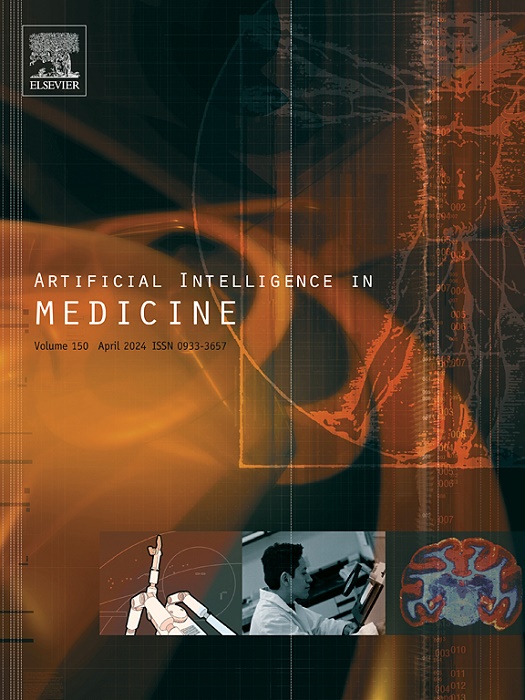RobustEMD: Domain robust matching for cross-domain few-shot medical image segmentation
IF 6.2
2区 医学
Q1 COMPUTER SCIENCE, ARTIFICIAL INTELLIGENCE
引用次数: 0
Abstract
Few-shot medical image segmentation (FSMIS) aims to perform the limited annotated data learning in the medical image analysis scope. Despite the progress has been achieved, current FSMIS models are all trained and deployed on the same data domain, as is not consistent with the clinical reality that medical imaging data is always across different data domains (e.g. imaging modalities, institutions and equipment sequences). In this paper, we introduce Cross-domain Few-shot Medical Image Segmentation (CD-FSMIS) and propose a RobustEMD matching mechanism based on Earth Mover’s Distance (EMD) to enhance cross-domain generalization. Our approach includes three key components: (1) a channel-wise feature decomposition strategy that uniformly divides support and query features into local nodes, (2) a texture structure aware weights generation method that restrains domain-relevant nodes through Sobel-based gradient calculation, and (3) a boundary-aware Hausdorff distance measurement for transportation cost calculation. Extensive experiments across three scenarios (cross-modal, cross-sequence and cross-institution) show that our method significantly outperforms existing approaches. And ablation studies further confirm that each component of our RobustEMD mechanism contributes to the enhanced performance. The experimental outcomes highlight strong generalization capabilities of our model in real-world heterogeneous medical imaging environments. Code is available at https://github.com/YazhouZhu19/RobustEMD.
RobustEMD:基于域鲁棒匹配的医学图像分割方法
少镜头医学图像分割(FSMIS)的目的是在医学图像分析范围内进行有限的带注释的数据学习。尽管已经取得了进展,但目前的FSMIS模型都是在同一数据域上训练和部署的,这与临床现实不一致,即医学成像数据总是跨不同的数据域(例如成像方式、机构和设备序列)。本文引入了跨域少镜头医学图像分割(CD-FSMIS),并提出了一种基于大地移动距离(EMD)的鲁棒stemd匹配机制来增强跨域泛化。我们的方法包括三个关键组成部分:(1)通道特征分解策略,将支持和查询特征统一划分为局部节点;(2)纹理结构感知权重生成方法,通过基于sobel的梯度计算来约束领域相关节点;(3)用于运输成本计算的边界感知Hausdorff距离度量。跨三种场景(跨模式、跨序列和跨机构)的广泛实验表明,我们的方法明显优于现有方法。烧蚀研究进一步证实,我们的RobustEMD机制的每个组成部分都有助于提高性能。实验结果突出了我们的模型在现实世界异构医学成像环境中的强大泛化能力。代码可从https://github.com/YazhouZhu19/RobustEMD获得。
本文章由计算机程序翻译,如有差异,请以英文原文为准。
求助全文
约1分钟内获得全文
求助全文
来源期刊

Artificial Intelligence in Medicine
工程技术-工程:生物医学
CiteScore
15.00
自引率
2.70%
发文量
143
审稿时长
6.3 months
期刊介绍:
Artificial Intelligence in Medicine publishes original articles from a wide variety of interdisciplinary perspectives concerning the theory and practice of artificial intelligence (AI) in medicine, medically-oriented human biology, and health care.
Artificial intelligence in medicine may be characterized as the scientific discipline pertaining to research studies, projects, and applications that aim at supporting decision-based medical tasks through knowledge- and/or data-intensive computer-based solutions that ultimately support and improve the performance of a human care provider.
 求助内容:
求助内容: 应助结果提醒方式:
应助结果提醒方式:


